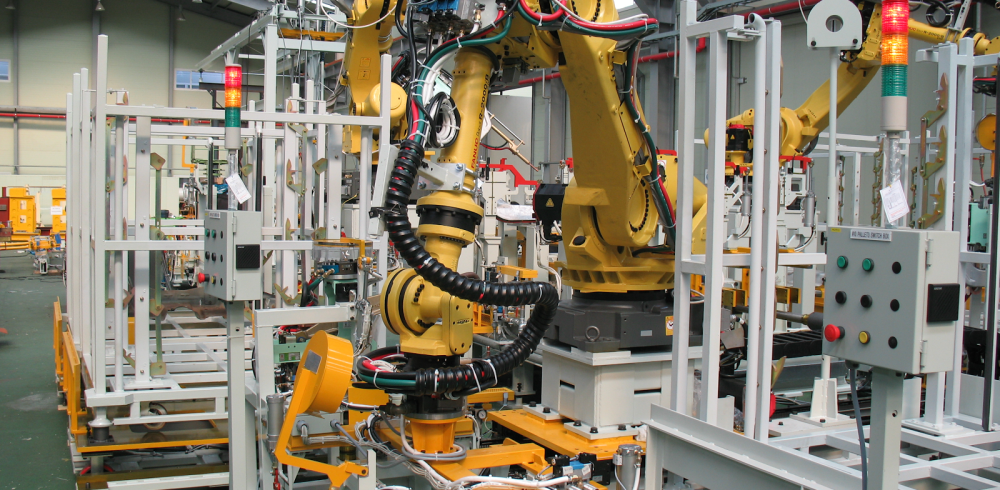It has been suggested that Automation, robotic and artificial intelligence have the potential to transform the nature of how we work. According to new research, as many as 375 million people could lose their jobs by 2030 as a larger historical shift takes place that the transfer from agriculture to manufacturing in the first industrial revolution.
As a part of the Global Institute’s latest report âJobs lost, jobs gained: Workforce transitions in a time of automationâ looks into the jobs that can be created as a part of this shift towards automation as a result of the emerging technologies leading up to 2030. The report also compares the jobs that could be created with the range of jobs that could potentially be lost because of automation.
It has been found that up to 14% of the worldâs working population, which is equivalent to 375 million people may have to change their occupation in the coming year as a direct response to the development of automation, robotics and AI. Susan Lund, one of the authors of this report, and a partner at the McKinsey Global Institute has commented on the findings laid out in the report, that it is not a question of whether the future will have enough work to go round but whether individuals, sectors or perhaps even entire countries will make the changes necessary to be able to navigate the complicated workforce transitions that the expansion of automation will bring about.
The analysis as a part of this report looked at more than 800 occupations over 46 different countries that make up around 905 of the worldâs GDP. The report has shown that changes are approaching in terms of the allocation of a workforce, however there is time for companies to work towards finding the best solution for them going forward, and business leaders are encouraged to do as much as they can to ensure that job losses are kept to a minimum and the negative impact that such a significant shift could cause.















